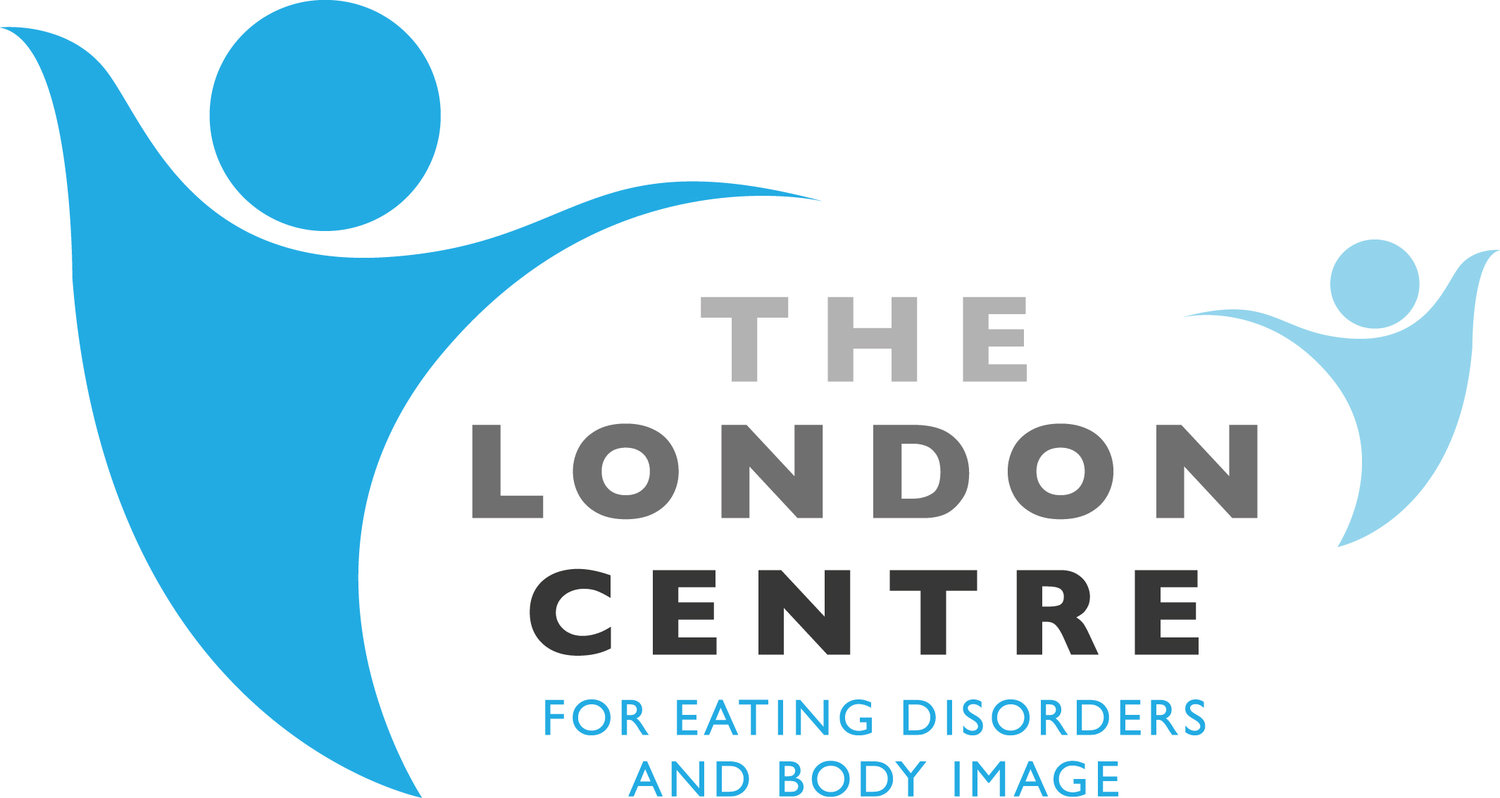Carer Responses to Eating Disorders
Many people with eating disorders report feeling isolated and cut off from their family and friends. Often people work very hard to keep the eating disorder (or aspects of it) a secret from those closest to them, either because they feel ashamed or worry that it will be too much for their loved ones to cope with. However, for many people with eating disorders, involving close others in treatment can be a really helpful step in their recovery.
The following animal models highlight some common responses that family and friends can have to a loved one with an eating disorder (Treasure, 2007). Some of these are more helpful than others. We encourage you to spend some time reflecting on these in hopes that this will enable you to better support your loved one.
The Jellyfish
The jellyfish response involves too much emotion. Some carers may find it difficult to regulate their own intense emotional reactions to the eating disorder. Like a jellyfish, overt displays of anger and anxiety can really sting your loved one, provoking and escalating conflict.
The Ostrich
The ostrich response involves too little emotion. Some carers may find it hard to cope with the difficult problem of living with an eating disorder, preferring to put their head in the sand rather than dealing with things directly. This can make the person with the eating disorder feel unloved and unsupported.
The Kangaroo
The kanagroo response involves too much sympathy and micromanagement. Some carers may experience a strong drive to protect the person with the eating disorder, letting them jump into the pouch at the first sign of any difficulty. The downside of this approach is that your loved one rarely (if ever) gets the opportunity to practise and develop effective ways of coping with life’s challenges, which in turn may exacerbate feelings of helplessness and hopelessness.
The Rhinoceros
The rhinoceros response involves too much control and direction. Fuelled by stress, exhaustion and frustration, some carers may attempt to coerce their loved one into doing what they think is right. More often than not, this approach provokes conflict and retaliation, which only serves to strengthen the eating disorder.
The Terrier
The terrier response involves too much criticism. Some carers may persistently nag and cajole their loved one in the hope that this will eventually “wear out” the eating disorder. Unfortunately, these terrier tendencies can be perceived as overly critical, leaving your loved one feeling frustrated and misunderstood.
The Dolphin
The dolphin response involves just enough subtle direction. This approach to helping someone with an eating disorder looks like a dolphin swimming alongside another, gently nudging them along. Sometimes you may need to swim ahead and lead the way with strength, wisdom and encouragement. At other times, you may need to swim quietly behind, showing trust and confidence in your loved one.
The St Bernard
The St Bernard response involves warmth, calmness and compassion. Although the eating disorder can be very difficult to deal with at times, you can help your loved one greatly by responding to them in a way that is consistently nurturing and encouraging. We all need someone loyal to depend on when life gets hard, just like a St Bernard.







